Relay Talk
FURUKAWA Naoyuki (Professor, Faculty of Economics, Kagawa University)
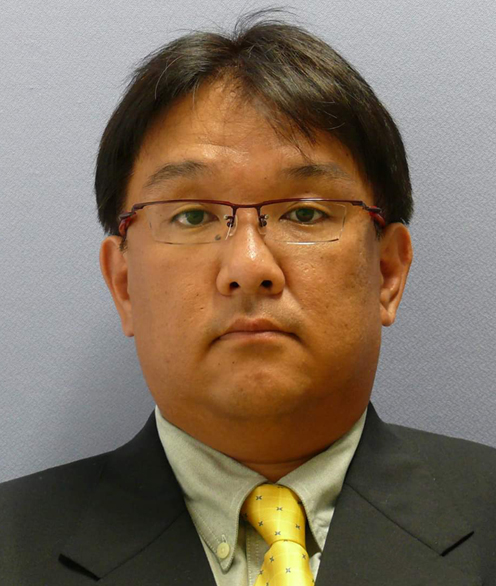
PLACE TO GROW IS SETO INLAND SEA
It was the end of March of 1988 when I, a native of Kagawa Prefecture, boarded the Uko Ferry to leave Shikoku and enter university. After that, when I came back home during my first Golden Week holidays as a student, the Seto Ohashi Bridge was already opened for traffic, and I crossed the Seto Inland Sea by rail for the first time. At that time, it took an hour to cross the sea by Uko Ferry, but just a little more than ten minutes by rail. I was then surprised that Honshu was not as far away as it had been before.
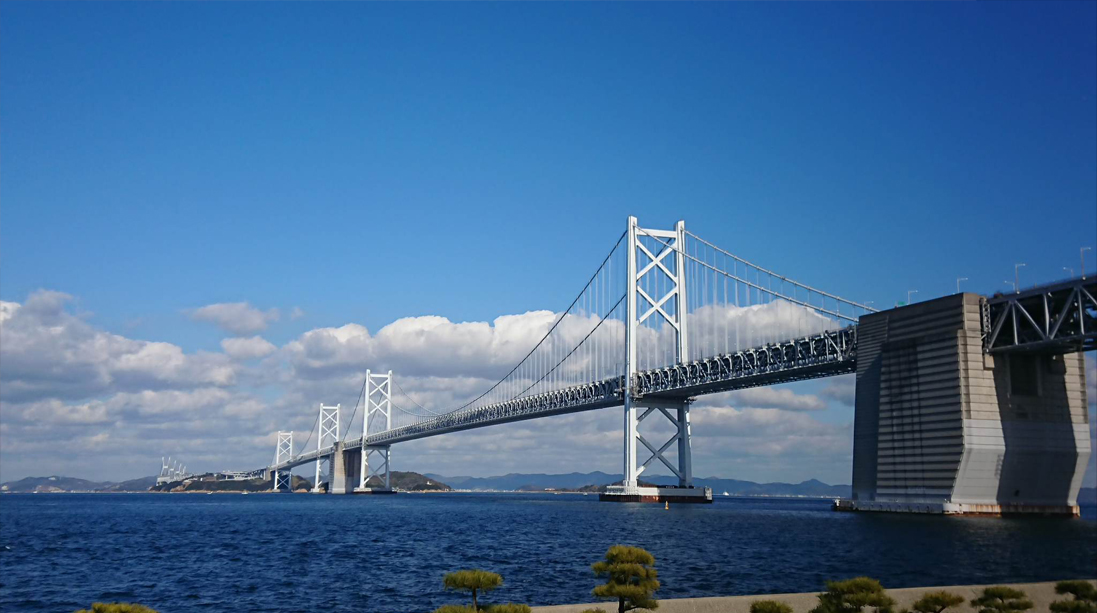
What is even more memorable are the calm Seto Inland Sea and its scattered islands I first saw from the Seto Ohashi Bridge. Until then, I used to see the Seto Inland Sea from a boat many times, but the sight of the sea first seen from the bridge still lingers in my mind. After that, I returned to Kagawa Prefecture and got a job at Faculty of Economics of Kagawa University as a teacher of commodity science, but I could not even imagine then that I would become so close to the islands of the Seto Inland Sea and the people who lived there.
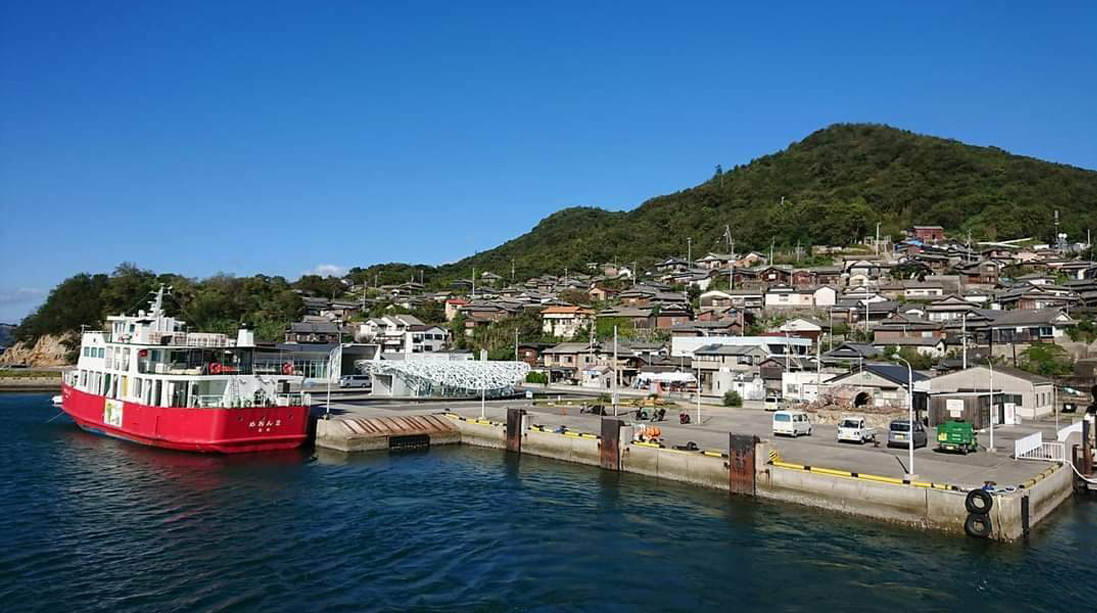
By then, I happened to enjoy a view of the Seto Inland Sea from a ferry or Seto Ohashi Bridge, but the only island I actually visited was Shodoshima Island. The islands were not part of the everyday life I lived then, but it is not too much to say that my life has changed a great deal since I visited Naoshima Island in spring of 2005 at invitation of the late Professor M, whom I consider the mother of commodity science. I took that job because I liked Kagawa Prefecture, but until then I had hardly any interest in the islands. However, as I experienced the warmth of the Naoshima people and learned about the environment, I came to like not only Naoshima but also the other islands of the Seto Inland Sea as well as Kagawa Prefecture, my home region. At that time, Naoshima was already known among lovers of art and architecture as the “island or art” or “island of environment,” but it was not until 5 years later that the Setouchi Triennale was inaugurated to attract numerous visitors.
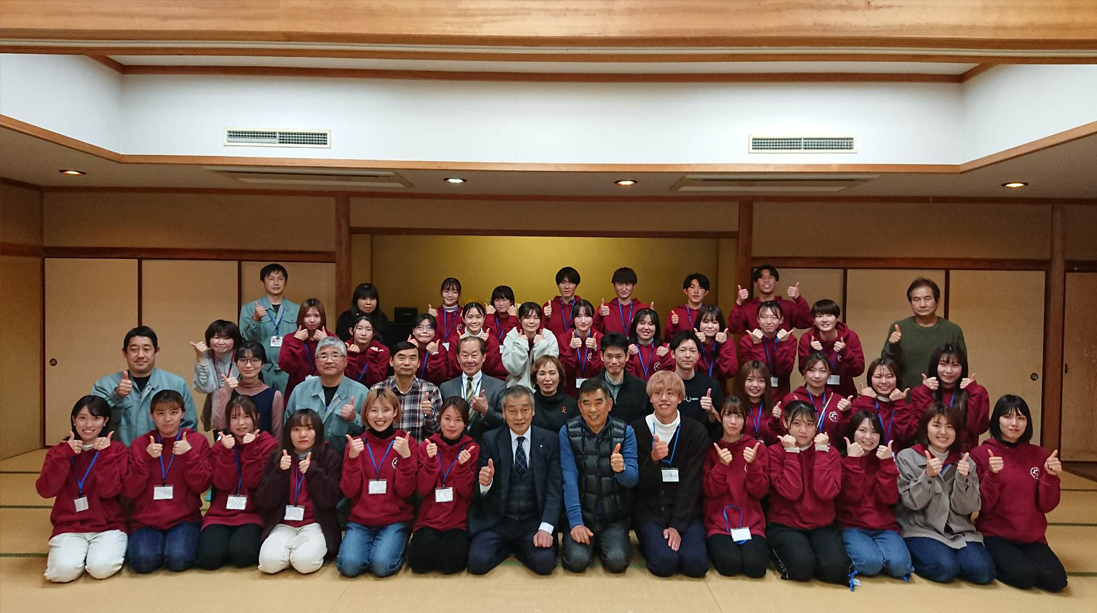
In autumn of 2005, when it has been half a year since I started going to Naoshima, I talked with third year students participating in a seminar about the lack of places to eat out and relax on Naoshima. There are a plenty of cafes on Naoshima today, but back then there was only one in Honmura district. I told the students that the islanders felt sorry for tourists because there were few, if any, places to have lunch. At that time, I would not even think of any local activity, and when I made a remark that someone should establish a café, a group of seminar students said that they felt like trying to run a café there. Thus, a student-run café “Wa-café Goo” was opened, and Kagawa University launched the Naoshima revitalization project that has continued for 17 years up until today. At the beginning, the local activities on Naoshima were centered on the café’s operation, but then expanded to include participation in local sports events and festivals, interactions with elementary school children, and volunteer tour guiding. Though maybe still immature, the project has grown together with the participating students under the support of successive Naoshima mayors, Naoshima Town Office, and the Naoshima Tourism Association as well as Benesse Art Site Naoshima and all residents of the island.
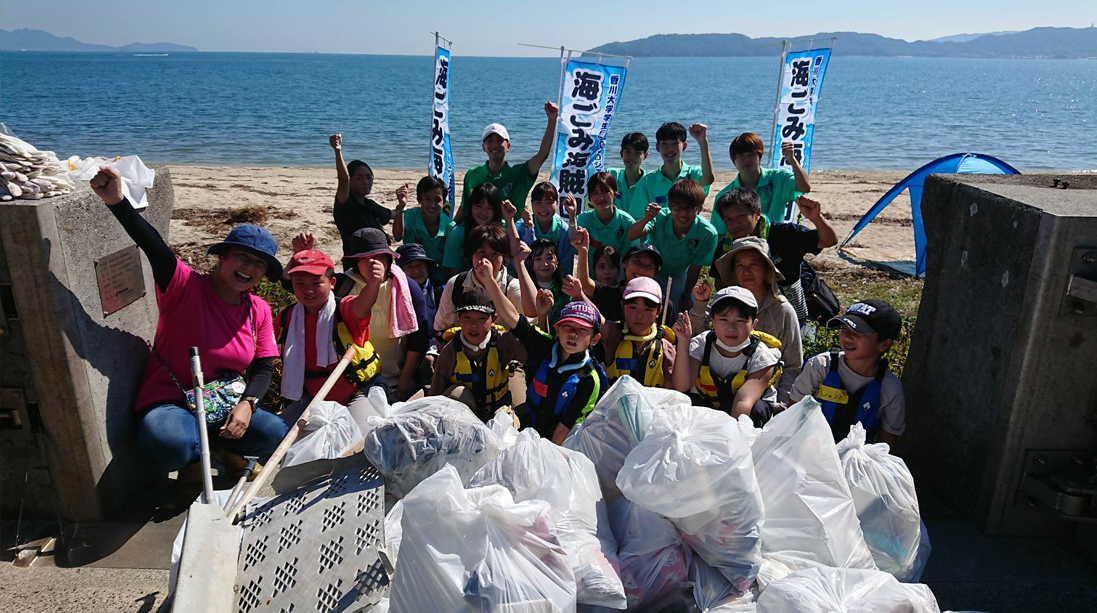
This Naoshima revitalization project paved the way for many other student projects launched at Kagawa University to address regional challenges on Shodoshima Island, Shamijima Island, Ogijima Island, and other islands of the Inland Sea as well as port towns, including Kitahama district of Takamatsu City and Tadotsu Town. Some projects are related to local crafts nurtured by the nature of Setouchi, such as bonsai, wasanbon sugar, or beekeeping and a new problem of marine plastic clean-up. One might say that these student projects were a gift from the Seto Inland Sea.
The Seto Inland Sea that raised me now provides the students with a place to grow. Being grateful for the blessings of the Seto Inland Sea, I would like to further grow together with students in Takamatsu and Kagawa.
The Seto Inland Sea that raised me now provides the students with a place to grow. Being grateful for the blessings of the Seto Inland Sea, I would like to further grow together with students in Takamatsu and Kagawa.


